The company presented its findings for the first time at the 5th CIS Petrochemicals Conference held in Moscow in early April. The event was organised with the official support of the Russian Ministry of Industry and Trade, and SIBUR acting as the lead partner.
The conference brought together more than 200 representatives of petrochemical majors fr om Russia and the CIS, as well as the largest licensors, engineering companies, financial institutions and regulators. Traditionally, the forum assessed the current market condition, and discussed the following matters on top of its agenda: strategic planning and ways to remain competitive, the best practices of investment project management, the fourth industrial revolution and state-of-the-art technologies.
Answers to some of the outstanding questions can be found, inter alia, in the research on the impact of global megatrends on the Russian petrochemical industry. Its findings were explored during a panel discussion on strategic planning.
According to the research, 77% of representatives of Russian petrochemical companies named the shift in the regional balance of power as the most important megatrend. On the one hand, European market players are losing their competitive edge, and on the other hand, there is soaring demand fr om Asia and the Middle East. Russian petrochemical companies are eyeing new markets with interest and, despite a strong price competition, see them as promising.
More than 50% of the respondents pointed out that innovations and technological breakthroughs have the strongest impact on the industry in Russia as automation improves, new developments boost performance and so on. In this context, company representatives mentioned the importance of partnerships and joint investments in research-intensive projects because their costs are high and it would be fair to share them.
Around 70% of those polled by PwC do not view scarcity of natural resources as a significant factor obstructing the growth and development of the industry. At the same time, stronger focus on environmental safety of petrochemical facilities is named as a megatrend. Requirements to production processes are toughening with a view to preventing climate change and protecting the environment. In addition, there is a global rise in demand for products made from biomaterials and those saving the energy (for example, development and production of lightweight components for cars and planes).
The conference brought together more than 200 representatives of petrochemical majors from Russia and the CIS.
77% of representatives of Russian petrochemical companies named the shift in the regional balance of power as the most important megatrend. On the one hand, European market players are losing their competitive edge, and on the other hand, there is soaring demand from Asia and the Middle East.
Sergey Komyshan, SIBUR’s Management Board member and Executive Director, took part in the discussion of the PwC report at the conference.
According to his estimates, the next 10 to 15 years will see a strong demand for petrochemical products from the automotive, food, construction, healthcare and other industries. Synthetic materials with properties offering good value for money, replace conventional ones such as metal, glass, stone, etc.
“In Russia and CIS, wh ere per-unit consumption of polymers is lower than in the world’s major economies, demand is outstripping supply, especially when it comes to special product solutions tailored to the specific needs of processors and end customers. This is exactly what SIBUR is focusing on right now”, noted Sergey Komyshan.
He also emphasised that SIBUR is one of Russian companies that make better environmental performance a priority.
“On the one hand, the eco-trend poses a significant risk for producers utilising old technologies. On the other hand, some businesses, for example, SIBUR, are making ongoing efforts to reduce their environmental footprint by lowering emissions and improving local treatment facilities”, explained Mr Komyshan. “In SIBUR, we have target KPIs cascaded through the entire system of incentives, with environmental impact as one of them. This KPI is used to assess the performance of CEOs, chief engineers and other executives at each production site, and their bonuses are linked, among other things, to the achievement of the respective target KPI by the site”.
Innovations and technological breakthroughs have the strongest impact on the industry in Russia as automation improves, new developments boost performance and so on.
Requirements to production processes are toughening with a view to preventing climate change and protecting the environment. In addition, there is a global rise in demand for products made from biomaterials and those saving the energy (for example, development and production of lightweight components for cars and planes).
SIBUR is also working to improve environmental properties of its products. For instance, in response to client requests, the Company has recently released several new PP grades, including phthalate-free PP for BOPP films. On top of that, SIBUR produces polymers boasting such properties as energy efficiency, durability and 100% recyclability, which makes them an important element of the circular economy.
“The shift in the regional balance of power is another megatrend having bearing on all industry players as it has reshaped the global petrochemical landscape”, believes Sergey Komyshan. “Europe is now the only region with high cash costs of petrochemical production. The USA – in the wake of the shale revolution enabling extraction of oil and gas from unconventional deposits – is gaining a regional leadership position in terms of petrochemical capacity expansion. Wh ere is Russia on this chessboard? We have a good hydrocarbon resource base and, consequently, low cash costs. But there are challenges, too, including weak demand and relatively small size of the domestic market forcing any new large-scale production projects to look for export opportunities. Besides, geographically, our available resources are far from the sales and export markets, hence more expensive transportation”.
As to the technology development on the petrochemical front, SIBUR’s representative named innovations, breakthroughs and technological partnerships as the focus areas for Russia.
“With just a few proprietary innovations in the industrial-scale and specialty chemistry, we have to buy them. This is why for us, as well as for our clients, it is very important to get involved on the technology arena”, believes Mr Komyshan. “Globalisation opens up access to such technologies. The question is which of them to choose, how to assess them, and how to make decisions on buying and deploying them – independently or in partnership? Moreover, integration of global developments requires colossal investment, both finance- and resource wise”.
Megatrends are the key drivers of changes in the petrochemical industry and have to be reckoned with for planning and strategic purposes as they can present both risks and opportunities for businesses.
Download PDF

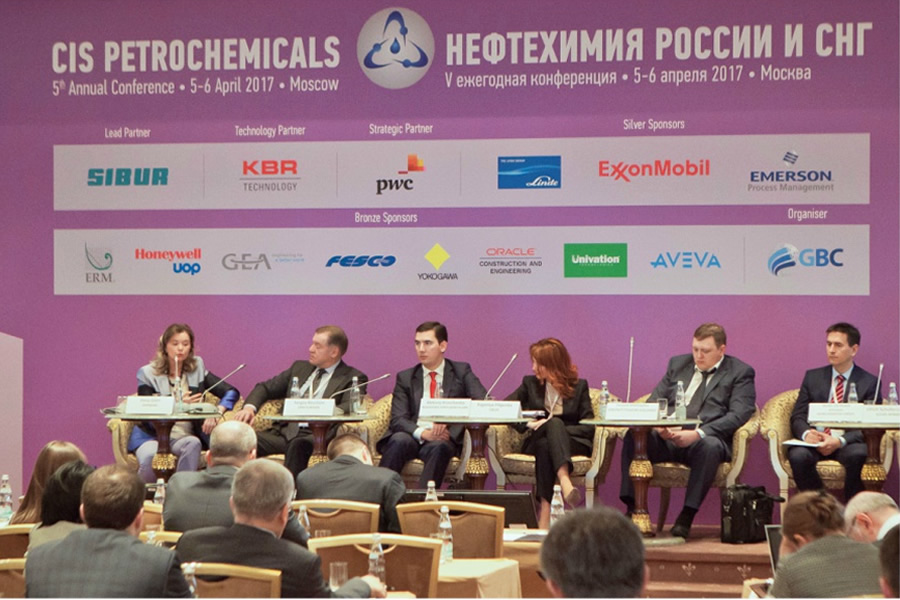
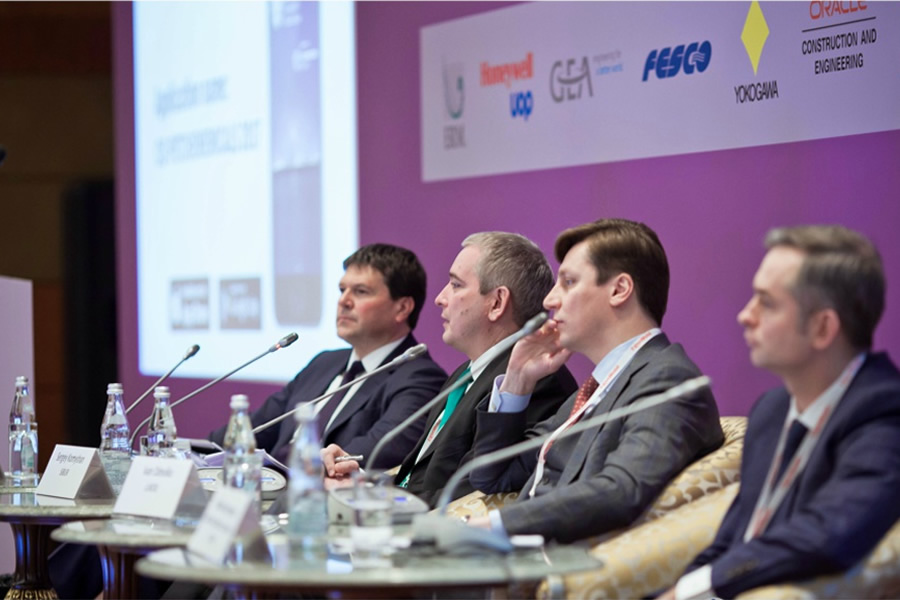
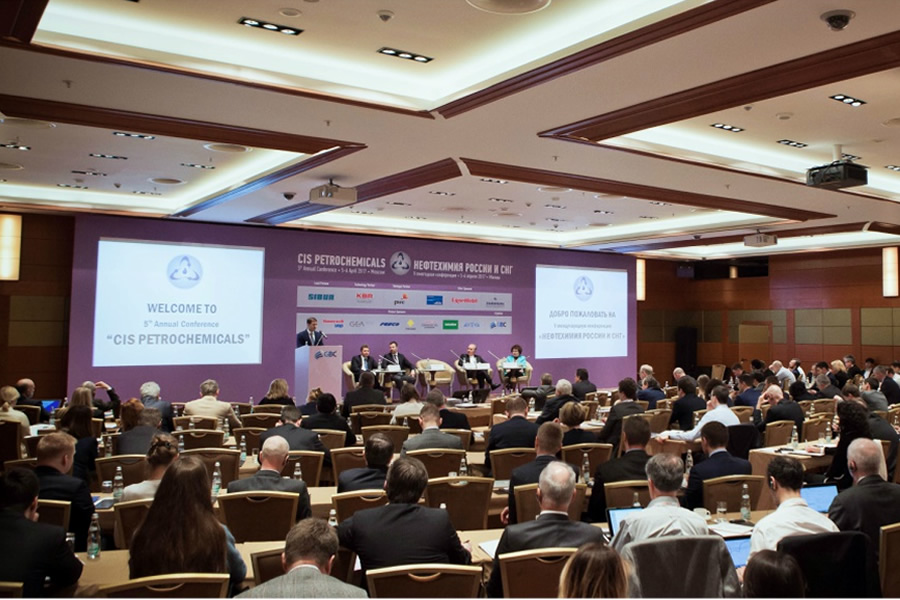



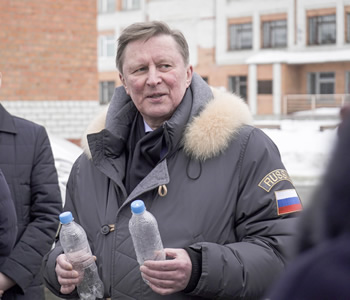
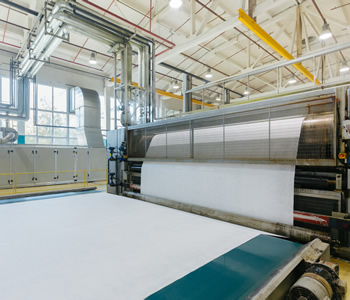

Sergey Komyshan
SIBUR’s Management Board member and Executive Director:
In Russia and CIS, where per-unit consumption of polymers is lower than in the world’s major economies, demand is outstripping supply, especially when it comes to special product solutions tailored to the specific needs of processors and end customers. This is exactly what SIBUR is focusing on right now.